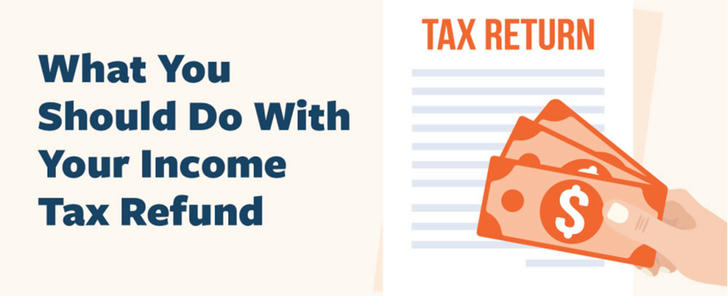Navigating State-by-State Tax Rebates: A Practical Guide for Families Planning Purchases ✨
Understanding the specifics of state tax rebates—including subsidy amounts, eligibility, and benefits—is crucial for families aiming to maximize their purchasing power. This guide breaks down key statewide details and shows how tax refunds can support family budgets effectively. By exploring various programs across the United States, families can better plan major purchases and optimize their financial resources. 🔍

📌 Overview of State Tax Rebate Programs Across the U.S.
Tax rebates are becoming a significant tool for states to help families cope with inflation and economic pressures. While the federal government is not expected to issue additional stimulus payments this year, at least 17 states have introduced or are distributing their own tax rebates. These programs vary widely in terms of eligibility, amounts, and distribution methods.
California uses its $97 billion budget surplus to provide inflation relief checks, which can reach up to $1,050 for married couples with children.
Indiana offers flat rebates of $125 to all taxpayers regardless of income.
Florida targets specific groups, like families receiving Temporary Assistance for Needy Families, providing $450 per child to support back-to-school expenses.
These state-led initiatives reflect diverse approaches aimed at easing financial burdens and stimulating local economies. 📊
💡 Detailed Subsidy Amounts and Eligibility Criteria by State
Each state has crafted its tax rebate program with unique eligibility rules and payment amounts. Here's a comparative breakdown:
| State | Payment Amounts | Eligibility Criteria |
|---|---|---|
| California | Up to $1,050 (e.g., $350 per taxpayer + $350 per dependent for singles under $75K income) | Income-based tiered system |
| Colorado | $750 (single filers), $1,500 (joint filers) | Filed 2021 tax returns by June 30 |
| Delaware | $300 stimulus check | Filed 2020 taxes |
| New Mexico | Up to $500 for married couples filing jointly below $150,000 income | Staggered rebate based on income |
| New York | Up to $1,050 | Property tax rebates to ~3 million homeowners |
| Idaho | Percentage of state income tax paid | Reflects individual tax contributions |
These varied criteria allow families to identify which programs best align with their financial profiles to maximize benefits. ✅
🏠 How Tax Rebates Enhance Family Purchasing Plans
Tax rebates can significantly boost family budgets by providing lump sums that reduce immediate financial strain and enable larger or more essential purchases.
A family receiving a $1,050 rebate in California can allocate funds toward household expenses, school supplies, or debt reduction.
In Florida, the $450 per-child rebate helps families prepare for seasonal costs like back-to-school shopping without dipping into savings or credit.
Indiana’s $125 rebate is automatically distributed, simplifying access and allowing confident purchase planning.
These refunds act as supplemental income, making it easier to manage inflationary pressures and unexpected expenses. Timed with key spending periods, they enhance practical financial planning. 📈
📢 Real-World Examples: Case Studies of Families Benefiting from Tax Refunds
A married couple in New Jersey receives a $500 state rebate, which they use to offset increased grocery and utility bills, avoiding credit card debt.
A single parent in Massachusetts applies a $250 rebate toward after-school programs, enhancing quality of life without budget compromises.
In New Mexico, families who filed timely tax returns received up to $500, used for medical expenses or vehicle repairs.
These examples demonstrate how tax rebates translate into tangible benefits, helping families meet essential needs and maintain financial stability. They highlight the direct positive effects of state rebate programs on everyday household decisions. 🔹
📝 Practical Tips for Claiming and Utilizing Tax Rebates Efficiently
To fully benefit from tax rebate programs, families should:
File taxes timely and accurately: Most states base eligibility on recent tax returns (e.g., Colorado requires filing 2021 taxes by June 30).
Check income thresholds and filing statuses: Understand how these affect rebate amounts (e.g., California’s tiered system).
Apply early if non-filers: Some states like New Mexico offer application-based relief on a first-come, first-served basis.
Plan purchases aligned with rebate timing: Use rebates, such as Florida’s child rebates, ahead of seasonal sales.
Keep documentation organized: Monitor official state communications to avoid missing deadlines or opportunities.
Use rebates for essential expenses or debt reduction: Maximize long-term financial benefits rather than non-essential spending.
Following these tips ensures families can optimize the value and impact of state tax rebates. ⚠️
